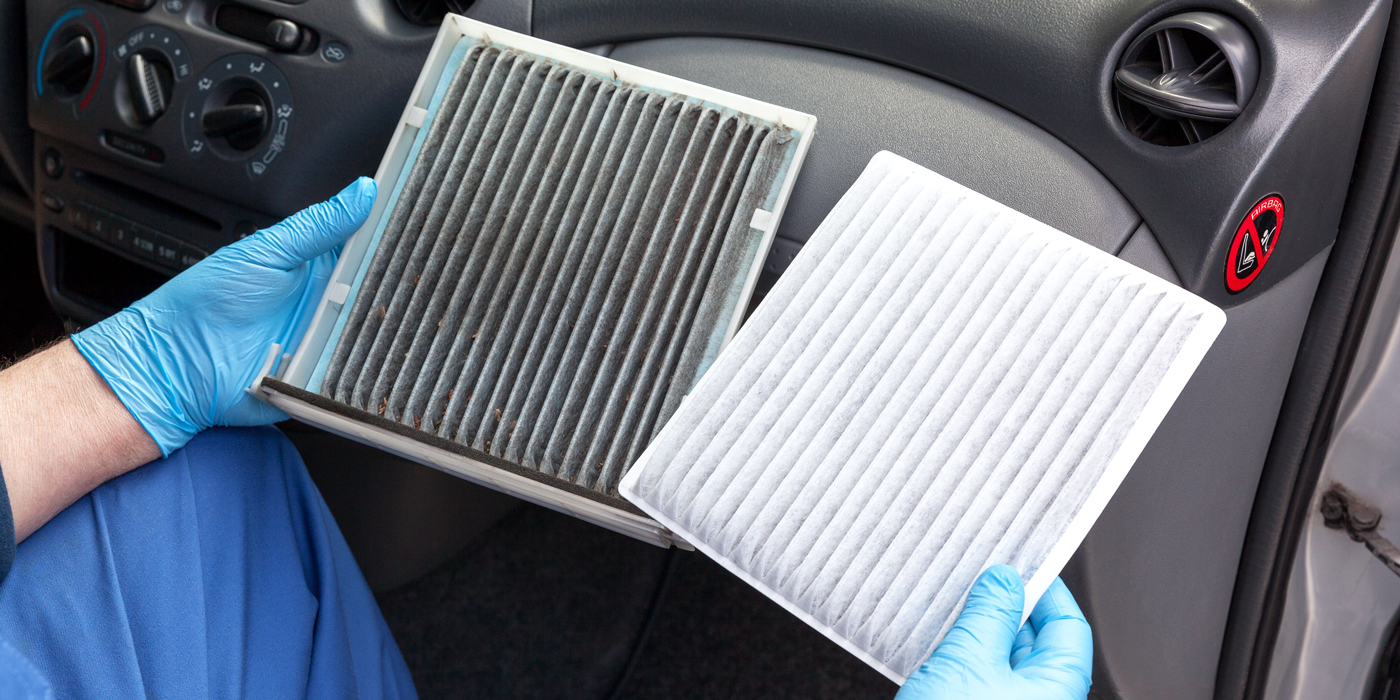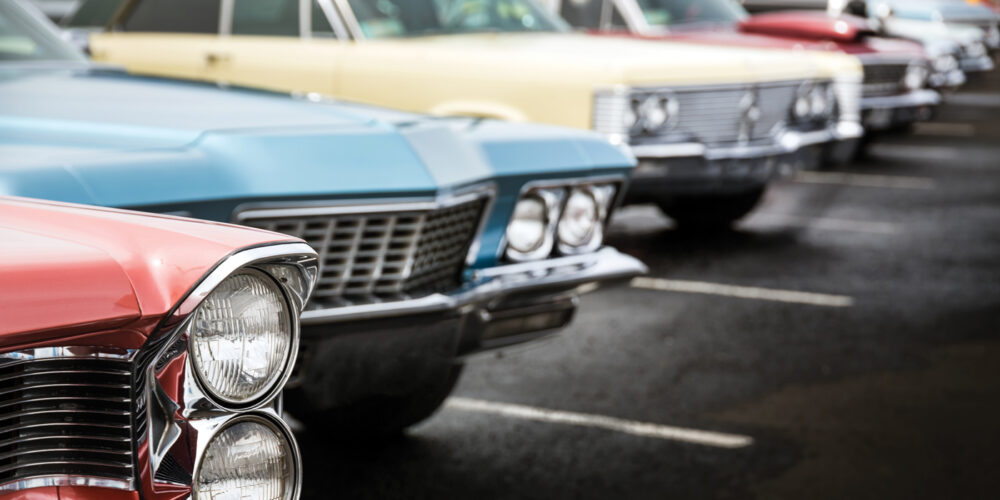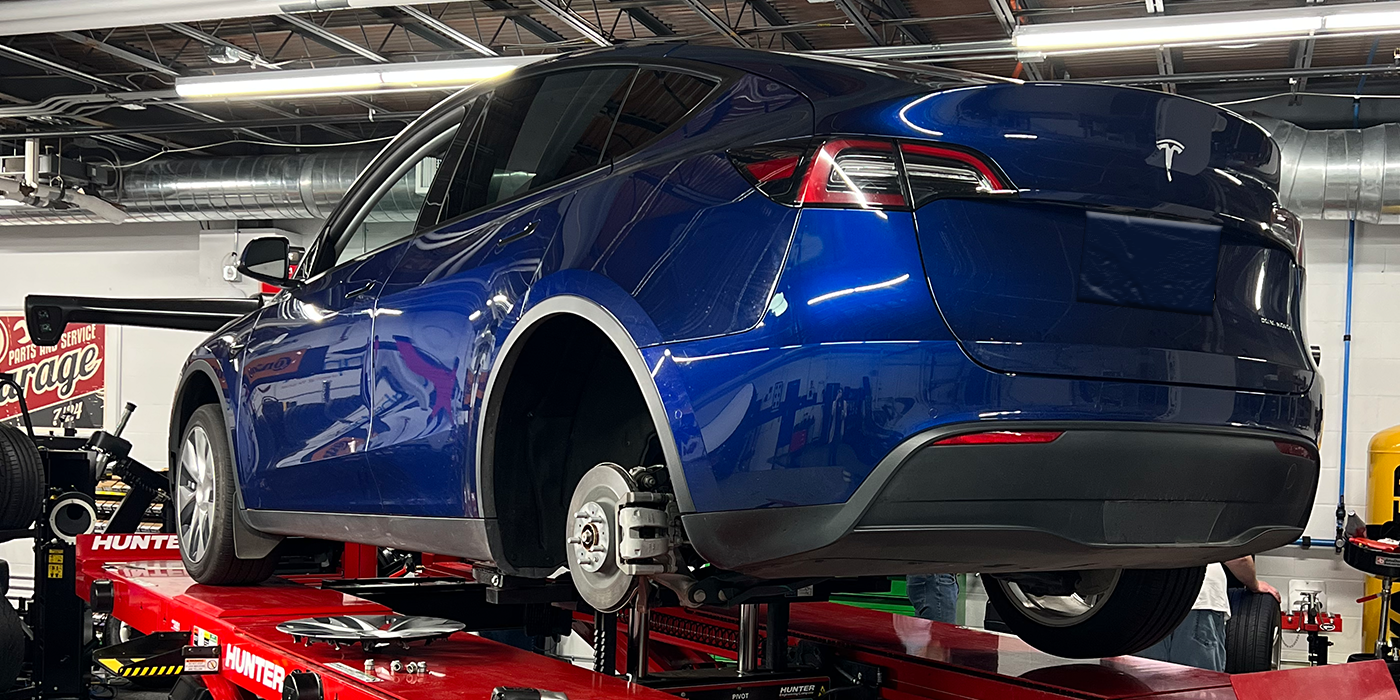Many motorists don’t appreciate the importance of ride control and how it affects driving, handling and braking safety. Not replacing a worn set of shocks or struts may seriously compromise the ability of the vehicle to handle bumps, dips, crosswinds or extra weight. Worn shocks and struts also will increase wear and tear on other steering and suspension components.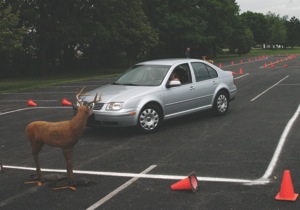
Shock absorbers are an important suspension component because they dampen suspension motions to provide ride control. This provides a smoother ride, better handling and cornering and improved stability (especially on rough roads). The shocks also extend the life of the tires by preventing unnecessary bouncing as the tires roll along, and they help improve braking and traction by keeping the tires in firm contact with the road.
On rough roads, worn dampers that fail to keep the wheels in firm contact with the road may increase stopping distances. Tests have shown that stopping distances increase significantly when the tires bounce and lose grip on the road. This also affects traction when accelerating and cornering.
Struts are a little different because in addition to performing all the functions of a shock absorber, they are also part of the suspension itself. Up front, they replace the upper control arm and upper ball joint on many cars. In the rear, they help support and locate the rear axle or trailing arms. The strut may also have a coil spring wrapped around it to support the weight of the vehicle.
As shocks and struts age, their ability to dampen suspension jounce and rebound gradually diminishes. The change is usually so slow and subtle that the average motorist may not even be aware how weak his shocks have become. 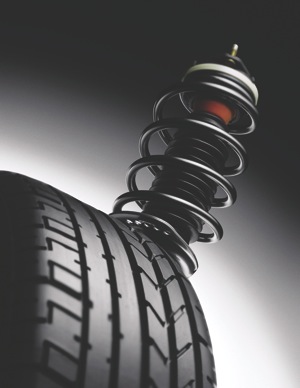
Some original equipment shocks may be getting weak after 30,000 to 40,000 miles of normal driving. For OE struts, 60,000 or 70,000 miles may be the limit of their useful service life.
Shocks and struts should be replaced when they no longer provide adequate ride control or fail to meet the driver’s expectations. Replacement also is required if a shock or strut is leaking, broken or damaged.
The best way to evaluate the condition of a vehicle’s dampers is a test drive on a variety of road surfaces (smooth and rough) and under various driving conditions (stopping quickly, cornering and changing lanes). Excessive body roll, sway or rocking would tell you the dampers are not up to the task and need to be replaced.
The old “bounce test” can be easily done right in the store’s parking lot. Rock the suspension up and down several times, then release it to see how many times it rebounds. As a rule, good dampers should stop the chassis from rocking almost immediately. Worn ones may allow it to rebound several times.
A visual inspection also can identify shocks or struts that are failing or have failed. Oil on the outside of the housing means the piston rod seal is leaking. The shock may still be doing its job, but for how much longer is anybody’s guess. Also keep an eye out for “witness marks” that indicate the suspension might have bottomed out recently. Make sure all bushings and hardware for the ride control units are still on the vehicle.
Walk around the vehicle and perform the tried-and-true “knee-on-the-bumper” test. While the test is not conclusive on its own, it’s a chance to look for abnormal behavior. If you notice binding or looseness, or if the vehicle does not return to the original ride height, it could be a sign that there is a problem with the ride control components.
Ride Height
Ride height is a critical diagnostic measurement that can determine the health of the ride control components, springs and attached hardware. Measuring ride height is more than stepping back and visually measuring with your thumb and one closed eye. 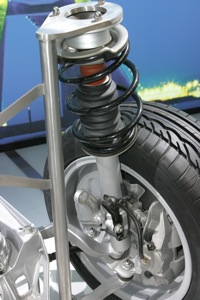
The factory methods and specs must be researched to properly measure ride height. Neglecting this step can affect the life of the shocks and struts, and all alignment angles. Among other considerations, engineers design the chassis and ride control components so that the ride height places the suspension at a particular point midway in its travel. Midway is not always center, however. Most springs are made of metal, and will eventually break from metal fatigue, just like a coat hanger that’s bent in the same area several times.
It has been estimated by one ride control manufacturer that 80% of vehicles in junkyards still have their original shocks or strut units.
Selling shocks and struts is not easy. If a dealer service advisor can be confident in his/her sales procedure and information they present to the customer, they can take the worst rejection by a customer in stride.
Ride Control Upgrades
A more compelling reason to replace shocks and struts these days is to upgrade handling and ride control performance. This approach seems to work best with motorists who want to improve the way their vehicle rides or handles.
If a vehicle is used to pull a trailer, a ride-control upgrade may provide a more sure-footed track without wagging or whipping, better stability in cross winds and better handling on curvy roads.
Popular upgrades include high-pressure gas shocks and struts with firmer or adjustable valving, shorter, stiffer springs to lower the center of gravity, stiffer sway bars to keep the body flat, and firmer suspension bushings to reduce suspension compliance.
Though most late-model vehicles come factory equipped with gas-pressurized shocks or struts, many OE dampers are valved more for ride comfort than ride control. Soft valving provides a nice boulevard ride, but the trade-off is reduced body control and more roll – exactly what you don’t want on a vehicle with a high center of gravity like your typical SUV.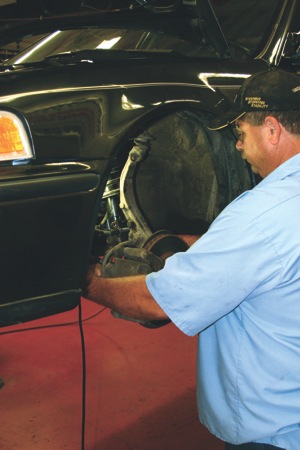
Replacement
As a rule, shocks and struts should always be replaced in pairs (both fronts, both rears, or all four) to maintain consistent ride control side-to-side. Shocks are a popular DIY item because on most vehicles they are fairly simple to replace. The hardest part of the job is getting at the upper shock mounts, which on some vehicles can only be accessed from inside the trunk or passenger compartment (behind the back seat).
Struts are an entirely different matter. On vehicles where the spring is on the strut, replacing the strut requires the use of a special spring compressor to disassemble the strut.
This can be a dangerous job if not done carefully because of the considerable tension the spring exerts on the upper bearing plate assembly. A strut spring compressor is not something many DIYers know how to use properly. So several aftermarket strut manufacturers now offer preassembled replacement struts for popular applications.
Gas Shocks
Gas shocks come in one of two basic varieties: single tube (monotube) and double (twin tube). The single tube variety has all its major components contained within a single large tube (thus the name) and typically uses a very high-pressure charge (280 to 360 psi).
The gas charge is separated from the hydraulic fluid by means of a floating piston in the top or bottom of the tube. This type of shock must be manufactured with a heavier gauge cylinder and a highly polished internal surface (some are Teflon-lined).
A less-expensive alternative for upgrading ride control performance is the double- or twin-tube gas shock. The double-tube design is essentially a gas-pressurized conventional shock with lower pressure. Some are in the 70 to 130 psi range while others are 112 to 130 psi or higher.
In a twin-tube direct-acting shock, there is an inner tube for the piston cylinder, and an outer tube that serves as a fluid reservoir. Valves in the piston and in the bottom of the shock control fluid flow in both directions, and determine the dampening characteristics of the shock. In a monotube shock, there is no outer fluid reservoir. There is only a single tube, and a floating piston separates the fluid inside from a high-pressure gas charge inside the shock or strut.
The gas charge in both twin tube and monotube shocks and struts is there to reduce fluid foaming when the damper is pumping hard.
Without the gas charge, the fluid cavitates and forms tiny air bubbles as the piston pumps up and down. The fluid turns to foam and the shock starts to fade (weaken). Adding the gas charge stops this from happening, and keeps the shock firm even on the roughest roads.
Over time, however, the gas charge may slowly seep out of the shock or strut, causing it to lose much of its original ride control ability. Monotube shocks are more expensive to manufacture than twin tube shocks because they require a highly polished inner surface. Even so, they do have some advantages over twin tube shocks and struts:
• The monotube design provides better heat dissipation and cooling than a twin-tube shock. There is no outer tube or fluid reservoir to inhibit heat flow, so a monotube shock runs cooler and delivers more consistent ride control.
• A monotube shock is lighter than a twin-tube shock that has the same external diameter. This reduces unsprung weight and allows the wheels and tires to follow the road more closely.
• A monotube shock can be mounted in any position. A twin-tube shock uses gravity to drain the fluid down through the valving in the bottom, and to maintain the gas charge in the outer reservoir.
• A monotube shock has a larger diameter piston than a twin-tube shock with the same external dimensions, which gives the shock greater sensitivity for small piston motions.

